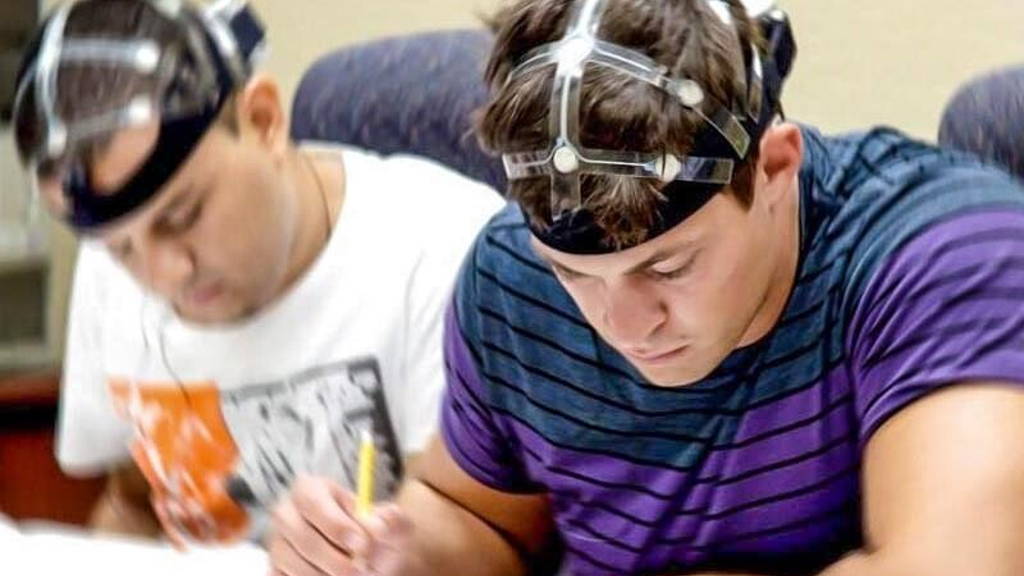The study demonstrates that the extent to which brain activity is synchronized across students predicts both student class engagement and social dynamics. Neuroscientist Suzanne Dikker is the lead author of the study.
After measuring their brain activity, the researchers found that students who described themselves as socially close did have more synchronised brain waves, but only if they had had two minutes of eye contact prior to entering the classroom.
The research was financed by the Dutch Organisation for Scientific Research and the American National Science Foundation.
Classroom as a laboratory
The researchers made sure that the circumstances of their experiment were as structured as possible. The brain waves of the students were measured during their biology class, during which they would have to follow a series of predetermined class activities. They were gives wearable EEG-headsets, which they would use during eleven different days over the course of one semester. The scientists did not, however, drastically alter normal circumstances. The students were minimally limited in engagement with each other and the class content. This provides a new way of conducting brain research, which usually takes place inside a laboratory.Video lectures create high synchrony
Prior to the experiment, the students had to fill out several questionnaires. One of these asked the students to rate four different teaching styles. Overall, students preferred watching videos and engaging in group discussions over listening to the teacher reading aloud or lecturing. The experiment confirmed these preferences: synchrony was consistently higher for video than lecture sessions across students. The students were asked to give post-semester ratings as well, which showed that the higher the post-semester student ratings, the stronger the student-to-group synchrony averaged across days.Synchronised brainwaves
Another question regarded the social closeness of students towards each other. The students were then randomly paired up. This allowed the researchers to study three types of student pairs: those who sat adjacent to each other and had engaged in silent eye-contact prior to class, students who sat next to each other but had not participated in a face-to-face baseline together and students who were not sitting next to each other.After measuring their brain activity, the researchers found that students who described themselves as socially close did have more synchronised brain waves, but only if they had had two minutes of eye contact prior to entering the classroom.
The research was financed by the Dutch Organisation for Scientific Research and the American National Science Foundation.








